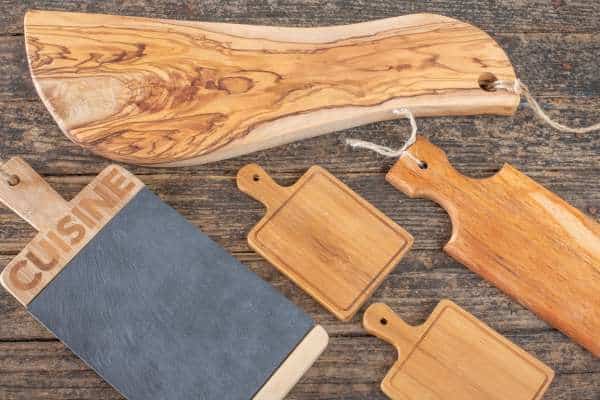Choosing what kind of wood for a cutting board best suits your kitchen is essential for both function and longevity. Each wood type offers unique qualities—some are more durable, while others are gentler on knives or easier to maintain. From hard maple and walnut to teak and beech, the ideal choice depends on factors like hardness, grain type, and even aesthetics. In this guide, we’ll explore the top wood options, weighing the pros and cons to help you make an informed choice. Whether you’re an avid cook or simply want a stylish board, finding the perfect wood will enhance your kitchen experience and keep your cutting board in top shape.
Key Characteristics of an Ideal Cutting Board Wood
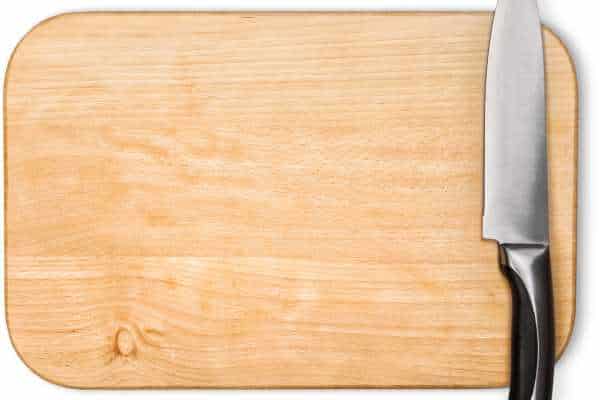
For the ideal cutting board, choosing the right wood type is essential. Key characteristics to look for include hardness, grain structure, and natural antibacterial properties. Hardness ensures the board withstands frequent use without damaging your knives. A tight grain structure, often found in hardwoods like maple and walnut, resists moisture absorption, which helps prevent warping and bacterial growth. Woods with natural antibacterial properties, such as teak, add a layer of food safety, requiring less intensive cleaning. These qualities combined enhance the durability, usability, and maintenance ease of your cutting board, making it a reliable kitchen tool. Prioritizing these factors ensures a long-lasting, high-quality cutting surface.
Understanding Hardwoods vs. Softwoods
Understanding hardwoods vs. softwoods is crucial when selecting the best material for a cutting board. Hardwoods, such as maple, walnut, and cherry, come from trees with slower growth rates, resulting in dense, durable wood that resists cuts and moisture. This density makes hardwoods ideal for cutting boards, as they withstand daily use and are gentler on knives. In contrast, softwoods, like pine, tend to be less durable and more prone to damage, making them less suitable for food preparation surfaces. Opting for hardwoods ensures a long-lasting board that remains in top condition, providing both functionality and aesthetic appeal for your kitchen.
End Grain vs. Edge Grain: Which is Better?
End grain and edge grain are two popular construction styles for cutting boards, each offering unique benefits. End grain boards show the wood’s fibers upright, allowing knives to slide between fibers, making them exceptionally gentle on blades and highly durable. Edge grain boards, with fibers running along the length, are slightly harder but more affordable and still provide a smooth surface. Woods like maple and walnut are ideal for both styles, offering durability and aesthetic appeal. End grain boards are preferred for heavy use, while edge grain suits everyday chopping tasks. Choosing the right grain type enhances board longevity and keeps knives sharp, catering to different kitchen needs.
Top Wood Options for Cutting Boards
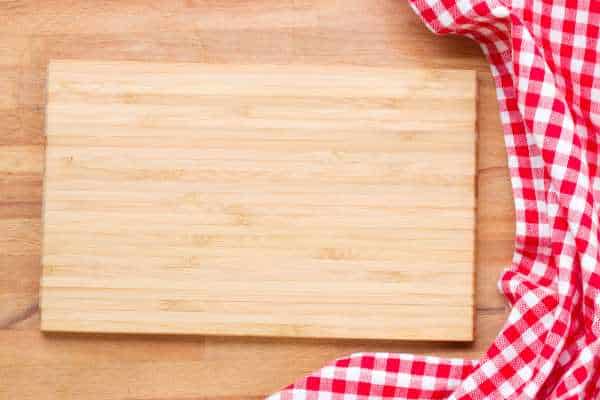
Selecting what kind of wood for cutting board best suits your needs involves understanding the unique qualities of popular options. Maple, known for its hardness and fine grain, resists bacteria and withstands heavy use, making it a top choice. Walnut offers a rich color and moderate hardness, adding style while being gentle on knives. Beech, an affordable and durable option, has a closed grain that reduces water absorption. Teak, naturally resistant to moisture, prevents warping and bacterial growth. Cherry brings a warm tone and moderate durability, ideal for light use. Each wood type presents distinct benefits, allowing you to find the best match for your kitchen’s demands and aesthetics.
Maple: A Reliable and Durable Choice
Maple stands out as one of the best choices for cutting boards, particularly hard maple. Its impressive hardness makes it highly resistant to knife marks, which helps maintain a smooth surface over time. The closed grain structure of maple prevents moisture and bacteria from seeping in, making it a hygienic option for food preparation. Its low porosity reduces the risk of warping and staining, adding to its durability and ease of maintenance. Maple’s light, natural color also complements various kitchen styles, making it both practical and visually appealing. For those seeking a reliable, long-lasting cutting board, maple is an excellent, high-quality option.
Walnut: Elegant and Knife-Friendly
Walnut is a popular choice for those searching for an attractive yet functional cutting board material. Known for its rich, dark color and elegant appearance, walnut adds sophistication to any kitchen. Its moderate hardness makes it durable, yet gentle on knives, preventing excessive blade dulling. This balance between durability and knife-friendliness makes walnut ideal for frequent use without compromising the longevity of your kitchen tools. Additionally, walnut’s natural beauty appeals to cooks and home chefs who value style as much as practicality. For anyone looking to blend aesthetics with functionality, walnut stands out as a top wood choice for cutting boards.
Beech: Affordable and Strong
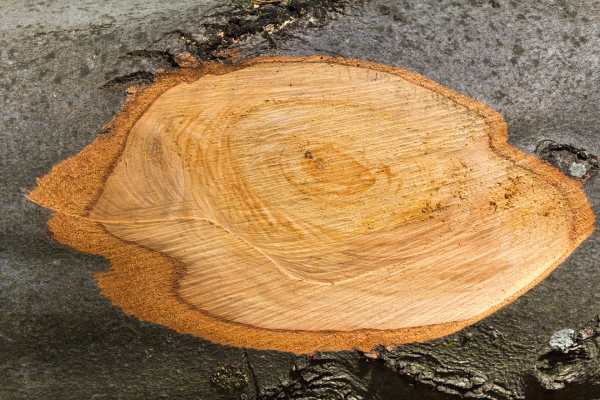
Beech wood is an affordable and durable choice for cutting boards, offering a balance of quality and budget-friendly pricing. Known for its fine, closed grain structure, beech is resistant to knife marks and warping, making it a practical option for daily use. Its hardness provides long-lasting durability without being overly harsh on knife edges. Beech wood’s light color and smooth texture also give it a clean, appealing look, perfect for both functional and decorative use in the kitchen. For those seeking a high-quality, cost-effective material, beech wood delivers excellent value, combining strength and reliability without compromising on performance or appearance.
Teak: Naturally Resistant to Moisture and Bacteria
Teak is a top choice for cutting boards due to its natural resistance to moisture, bacteria, and warping. The wood’s high oil content creates a barrier that helps prevent water absorption and bacterial growth, making it a hygienic option for food preparation. Teak’s durability is ideal for heavy use, standing up to regular cutting and chopping without easily showing wear. While teak’s quality comes with a higher price, its longevity and low-maintenance nature make it a valuable investment for those seeking a reliable cutting board. Its blend of practicality and resilience makes teak a standout choice in the kitchen for serious home cooks and professionals alike.
Cherry, Bamboo, and Other Notable Options
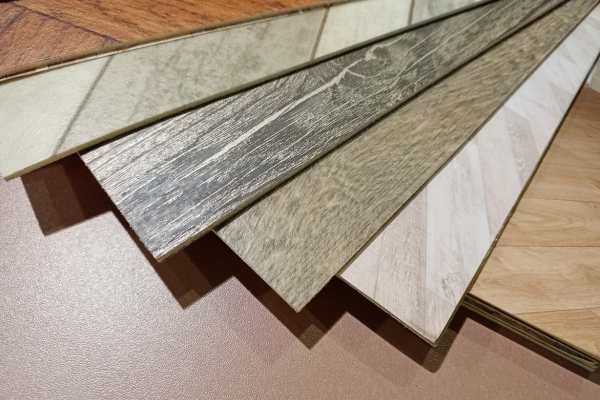
Cherry and bamboo are popular choices for cutting boards, each bringing unique qualities to the table. Cherry offers a warm, rich color that enhances kitchen aesthetics, with moderate hardness that’s gentle on knives. It’s ideal for those seeking a visually appealing board with reliable durability. Bamboo, on the other hand, stands out for its eco-friendliness—it’s a renewable resource with natural antibacterial properties, making it a practical and sustainable choice. While bamboo is harder and more resistant to scratches, it may be tougher on knives over time. Consider these options if you want a cutting board that balances function with environmental or visual appeal.
Factors to Consider When Choosing Wood for Your Cutting Board
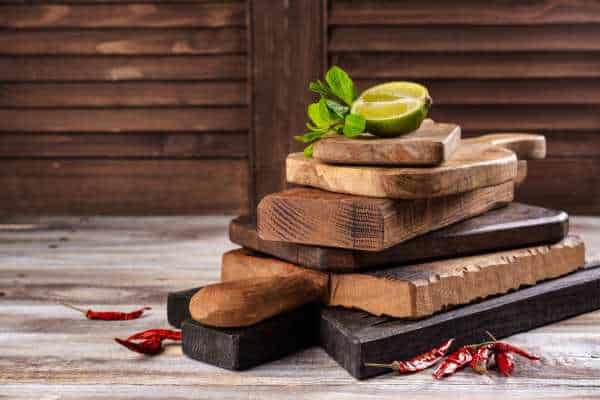
Choosing the right wood for your cutting board involves several essential factors. Wood hardness impacts durability and knife-friendliness, with harder woods lasting longer but softer options being gentler on blades. Maintenance needs vary; some woods are easier to clean and more resistant to bacteria. Budget is another consideration, as certain woods, like teak, can be more costly. Aesthetic preferences also play a role, with choices from light maple to rich walnut adding character to your kitchen. Matching wood types to specific uses is smart—hardwoods are ideal for daily cooking, while softer, visually appealing boards may suit decorative or light use best.
Conclusion
Choosing what kind of wood for a cutting board best fits your needs involves balancing durability, aesthetics, and practicality. With options like hard maple, walnut, and teak, each wood offers unique benefits suited for different purposes. Harder woods provide long-lasting surfaces, while others, like walnut, bring a beautiful, knife-friendly touch to your kitchen. Consider your cooking style, maintenance preferences, and budget to find the ideal wood that enhances both functionality and style. By selecting the right wood, you’ll ensure a cutting board that not only withstands daily use but also adds warmth and character to your culinary space. Explore these options to find your perfect match!

